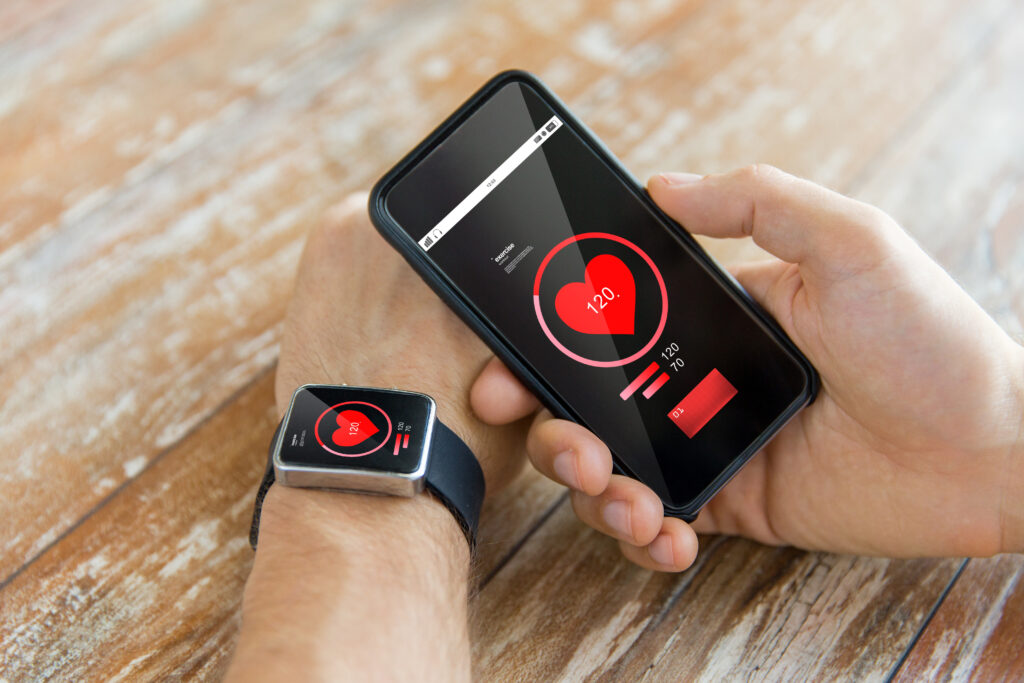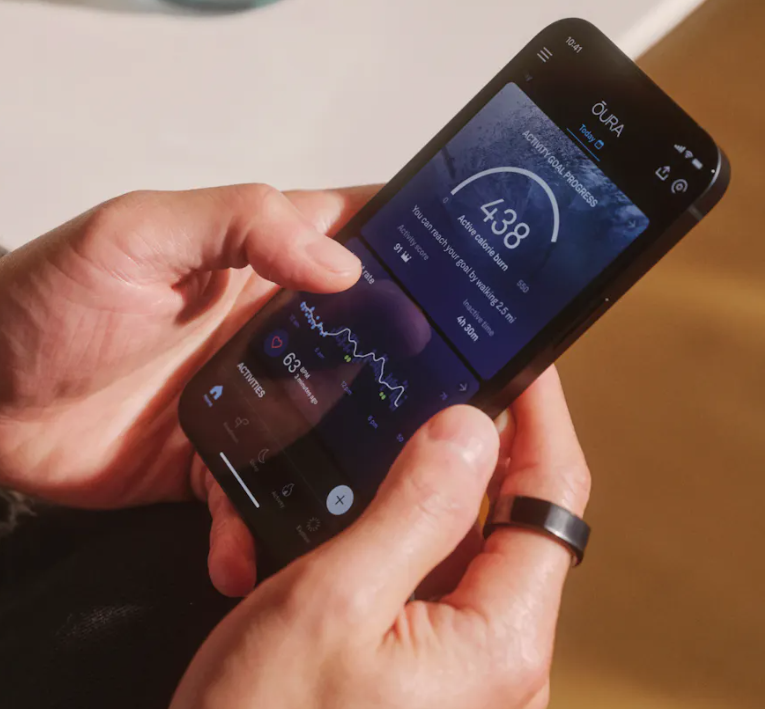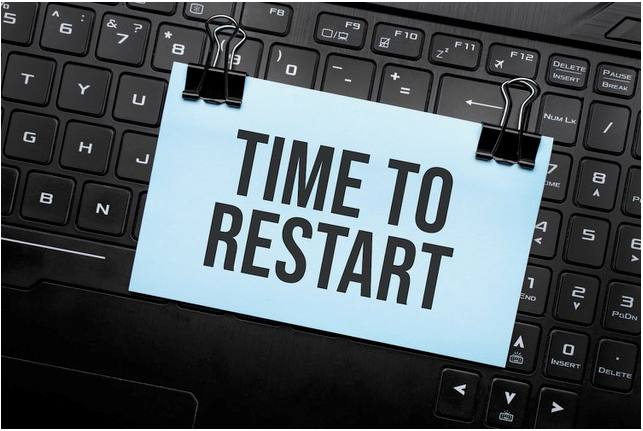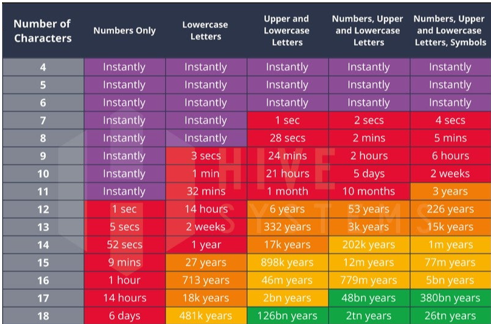New technologies are rapidly changing the way individuals interact with the world and the level of access they have to data. One of the hottest trends is the explosion in wearable technology, tools like FitBits and Apple Watches that can be attached to the body and then forgotten. Without active handling or management, wearables stay busy gathering information and offering it up for review at the user’s convenience.
 Of the many areas likely to be transformed by the adoption of wearables, healthcare is at the top of the list. As the population ages and demands on the healthcare system increase, wearables hold immense promise for helping patients in addition to extending the capacity of providers and healthcare facilities.
Of the many areas likely to be transformed by the adoption of wearables, healthcare is at the top of the list. As the population ages and demands on the healthcare system increase, wearables hold immense promise for helping patients in addition to extending the capacity of providers and healthcare facilities.
Sam Volchenboum, director of the Center for Research Informatics at the University of Chicago, describes the shift in dramatic terms, saying, “2016 will be the year of liberated health data.” That’s probably a bit premature, given the novelty of wearables and their relatively low rate of adoption at this point. The change is coming though. Even at this early stage of the wearable revolution, it’s easy to see the huge potential benefits these devices hold for patients.
- Patient empowerment. With independent access to medical data and a new ability to self-monitor, keeping a watchful eye on important health indicators is no longer almost as complicated as brain surgery – it’s more like Candy Crush. Simple, accessible monitoring tools mean users can easily stay in tune with how their actions affect their health. They’ll also be more aware of what’s normal and what’s not for their own bodies and therefore more confident about when to seek help from a medical professional.
- Better management for chronic diseases. Blood pressure, glucose levels, leukocyte numbers, inflammation…these are only a few of the indicators that can help track the evolution of chronic diseases. With this kind of objective data, decisions about care become much less murky and require fewer office visits. Changes in medication or new interventions will still demand professional oversight, but doctors and patients alike will have a better awareness of when such tactical maneuvers are appropriate.
- Emergency communication and coordination of care. As wearables advance in sophistication and adoption, they increasingly offer networking and communication capabilities that will transform the way information is shared. We can expect them to greatly enhance and facilitate communication between first responders, healthcare providers, families and other relevant parties with automatic notification in emergency situations.
- Decreased costs. Easier monitoring and automatic problem detection lead to fewer missed symptoms and less frequent office visits. Early detection also allows for treatment before the condition advances to a state that demands more complex interventions. These advantages should result in lower overall costs along with better health outcomes.
Many challenges remain, especially around privacy, data security, compatibility, infrastructure to support the technology and access to these sometimes-pricey gadgets. Regulators must also work hard to keep up with the evolution of wearable technology. The difficulties are real, but not likely to pose a significant threat to rapid growth in the market for wearables or their benefits to patients.
Wearables offer a wealth of opportunity to take charge of our health as individuals and bring data to monitor many health conditions into our daily lives. It’s an exciting time for healthcare consumers, providers and technology developers and manufacturers. 2016 may indeed turn out to be at least the beginning of the liberation of health data.






